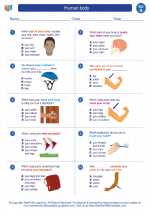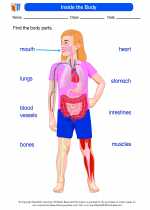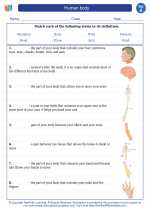Synapses
A synapse is a structure that allows a neuron (a nerve cell) to pass an electrical or chemical signal to another neuron or to the target effector cell, such as a muscle cell or a gland cell. Synapses are crucial for the communication between neurons, and are key to the functioning of the nervous system.
Types of Synapses
There are two main types of synapses: electrical and chemical synapses.
- Electrical Synapses: These synapses allow for direct electrical communication between neurons, enabling rapid and synchronized signaling. They are formed by gap junctions that connect the cytoplasm of adjacent neurons, allowing ions and small molecules to pass directly from one cell to another.
- Chemical Synapses: In chemical synapses, the signal transmission involves the release of neurotransmitters from the presynaptic neuron, which then bind to receptors on the postsynaptic neuron, leading to changes in the postsynaptic cell's membrane potential. This process allows for modulation and integration of signals.
Synaptic Transmission
The process of synaptic transmission involves several steps:
- Neurotransmitter Release: When an action potential reaches the synaptic terminal of the presynaptic neuron, it triggers the release of neurotransmitters into the synaptic cleft.
- Neurotransmitter Binding: The neurotransmitters then bind to specific receptors on the postsynaptic neuron, leading to the opening or closing of ion channels.
- Postsynaptic Response: The changes in ion flow across the postsynaptic membrane lead to a postsynaptic potential, which can be excitatory or inhibitory, depending on the neurotransmitter and receptor involved.
- Neurotransmitter Inactivation: The neurotransmitter molecules are either degraded or taken back up into the presynaptic neuron to terminate the signal.
Importance of Synapses
Synapses play a critical role in the processing and transmission of information in the nervous system. They are involved in learning, memory, motor control, and various other cognitive functions. Additionally, synapses allow for the integration of multiple inputs and the modulation of signaling, contributing to the complexity and adaptability of the nervous system.
Study Guide
Here are some key points to remember when studying synapses:
- Define what a synapse is and its importance in the nervous system.
- Identify and differentiate between electrical and chemical synapses.
- Describe the steps involved in synaptic transmission, including neurotransmitter release, binding, postsynaptic response, and neurotransmitter inactivation.
- Explain the significance of synapses in neural communication, learning, and memory.
- Discuss the role of synapses in motor control and cognitive functions.
Understanding the structure and function of synapses is essential for comprehending the complexities of the nervous system and its role in various physiological and cognitive processes.
.◂Science Worksheets and Study Guides First Grade. Human body

 Activity Lesson
Activity Lesson
 Worksheet/Answer key
Worksheet/Answer key
 Worksheet/Answer key
Worksheet/Answer key
 Worksheet/Answer key
Worksheet/Answer key
 Worksheet/Answer key
Worksheet/Answer key
 Worksheet/Answer key
Worksheet/Answer key
 Worksheet/Answer key
Worksheet/Answer key
 Vocabulary/Answer key
Vocabulary/Answer key
 Vocabulary/Answer key
Vocabulary/Answer key
